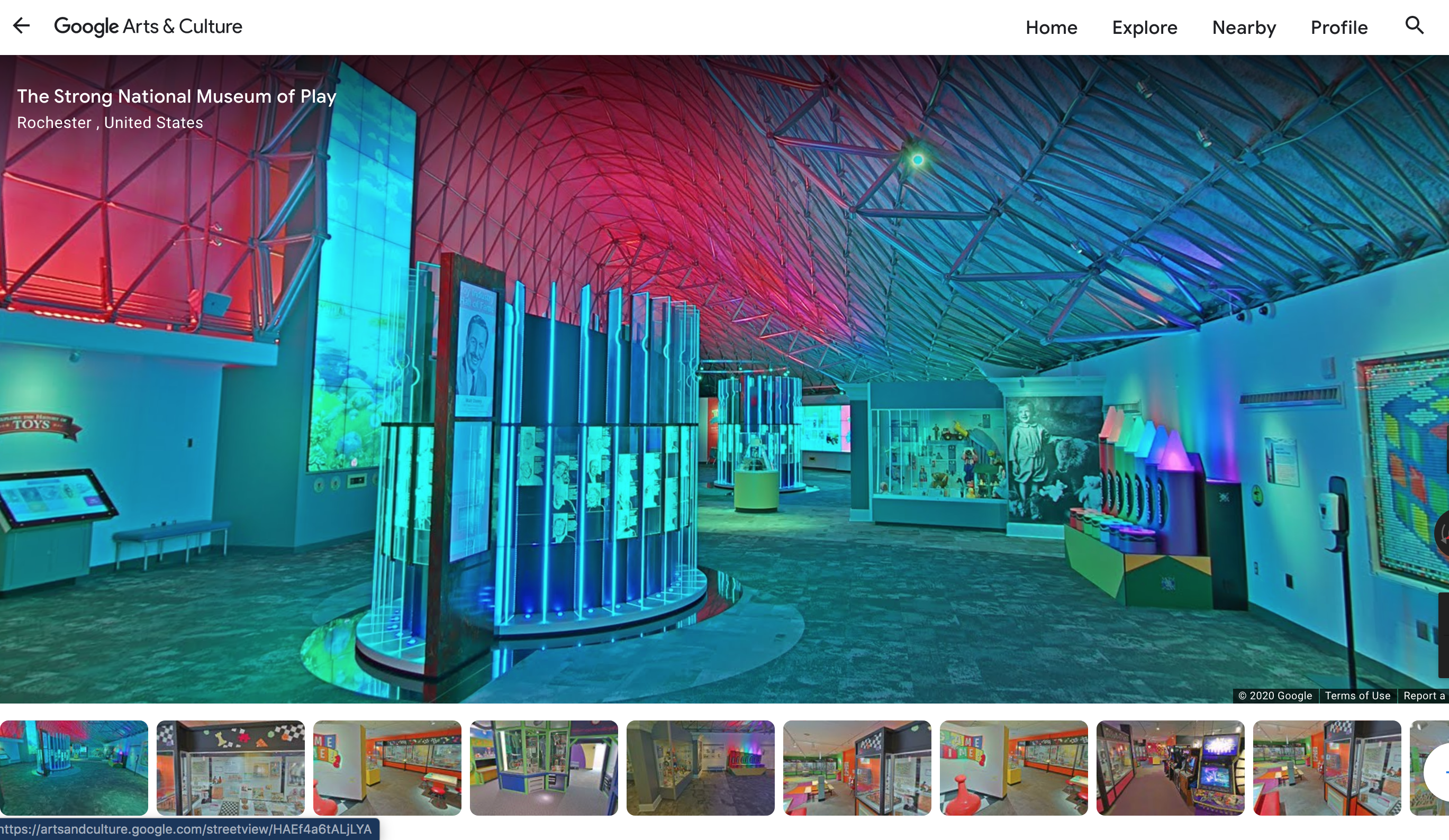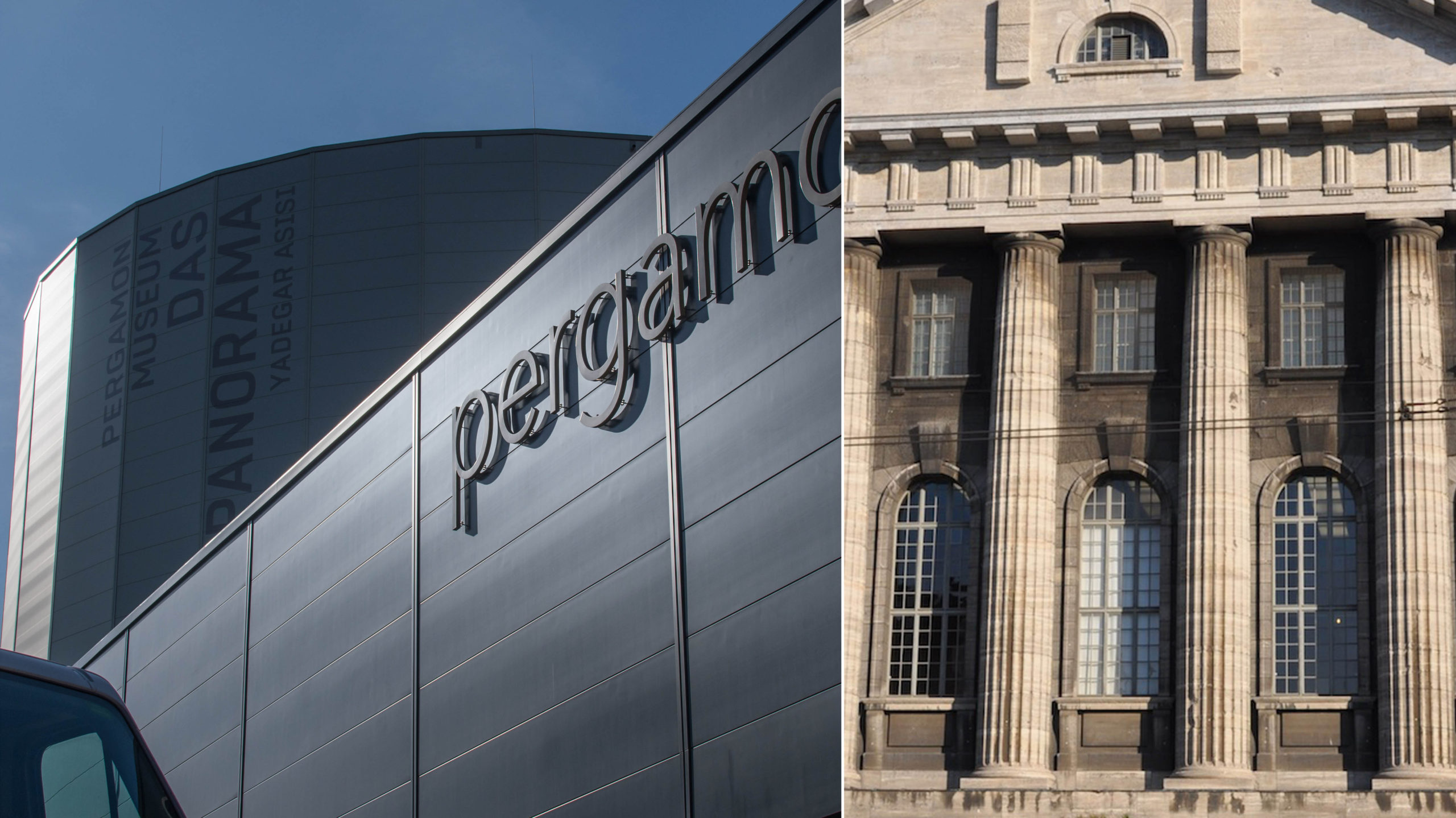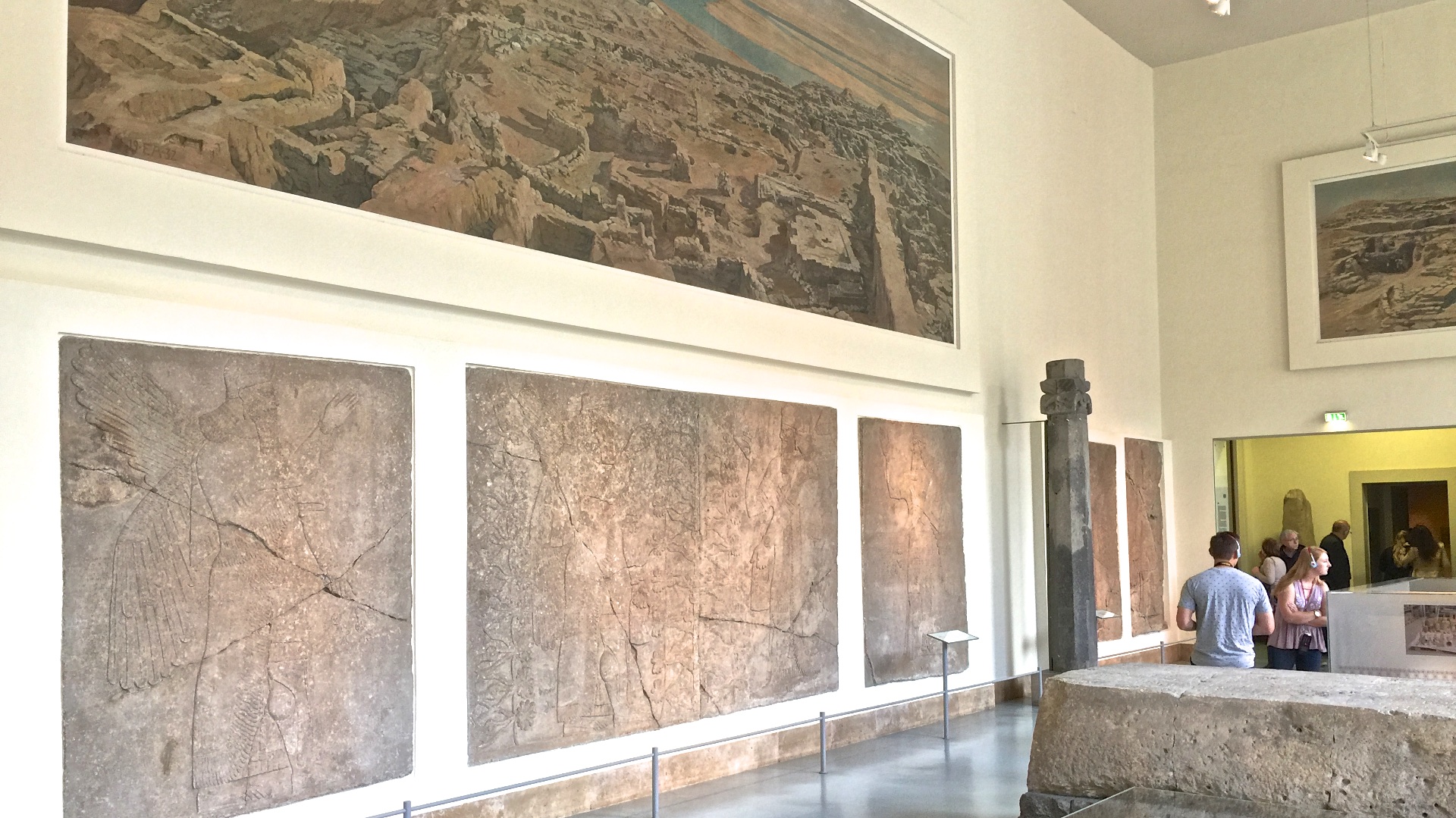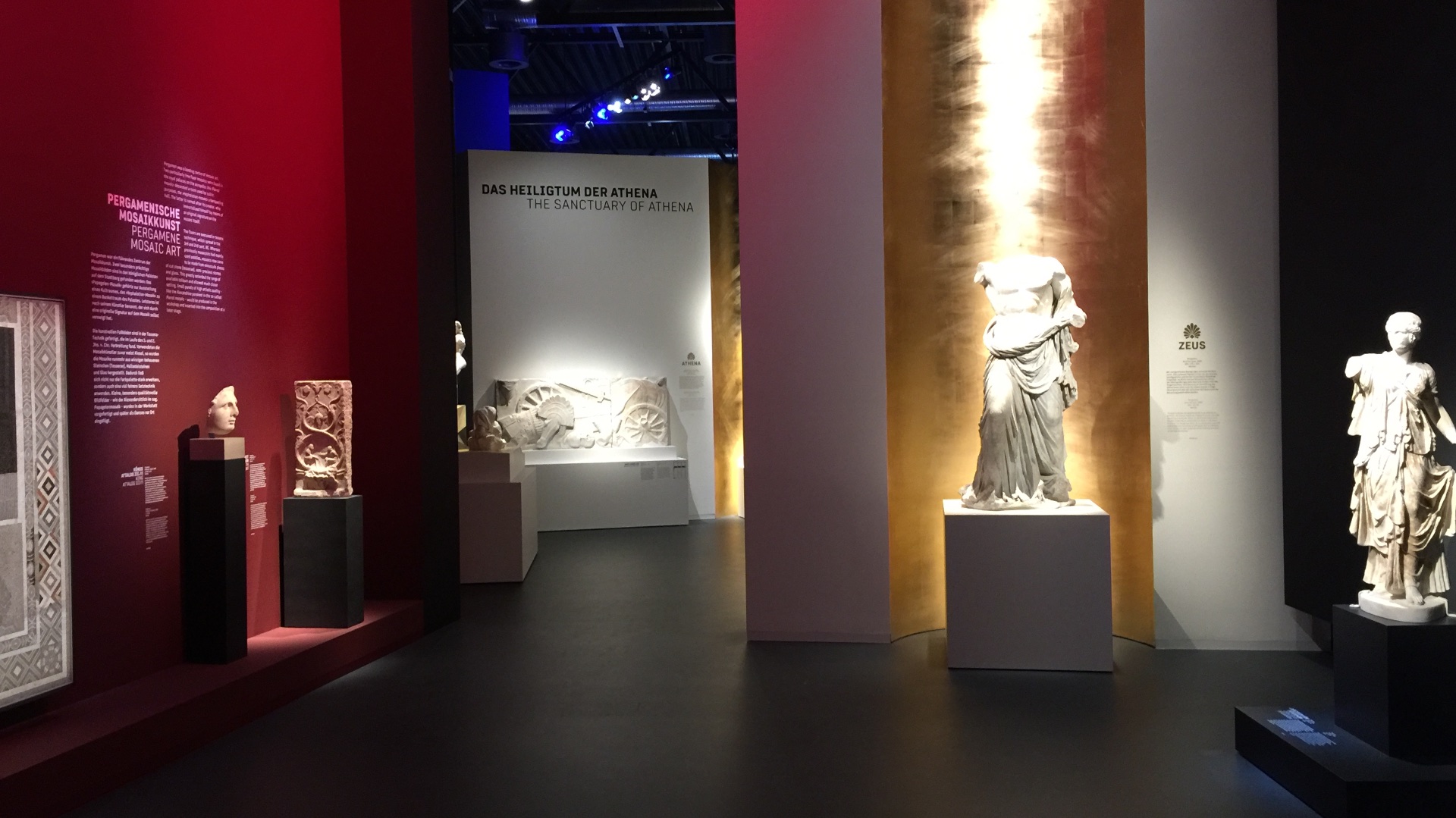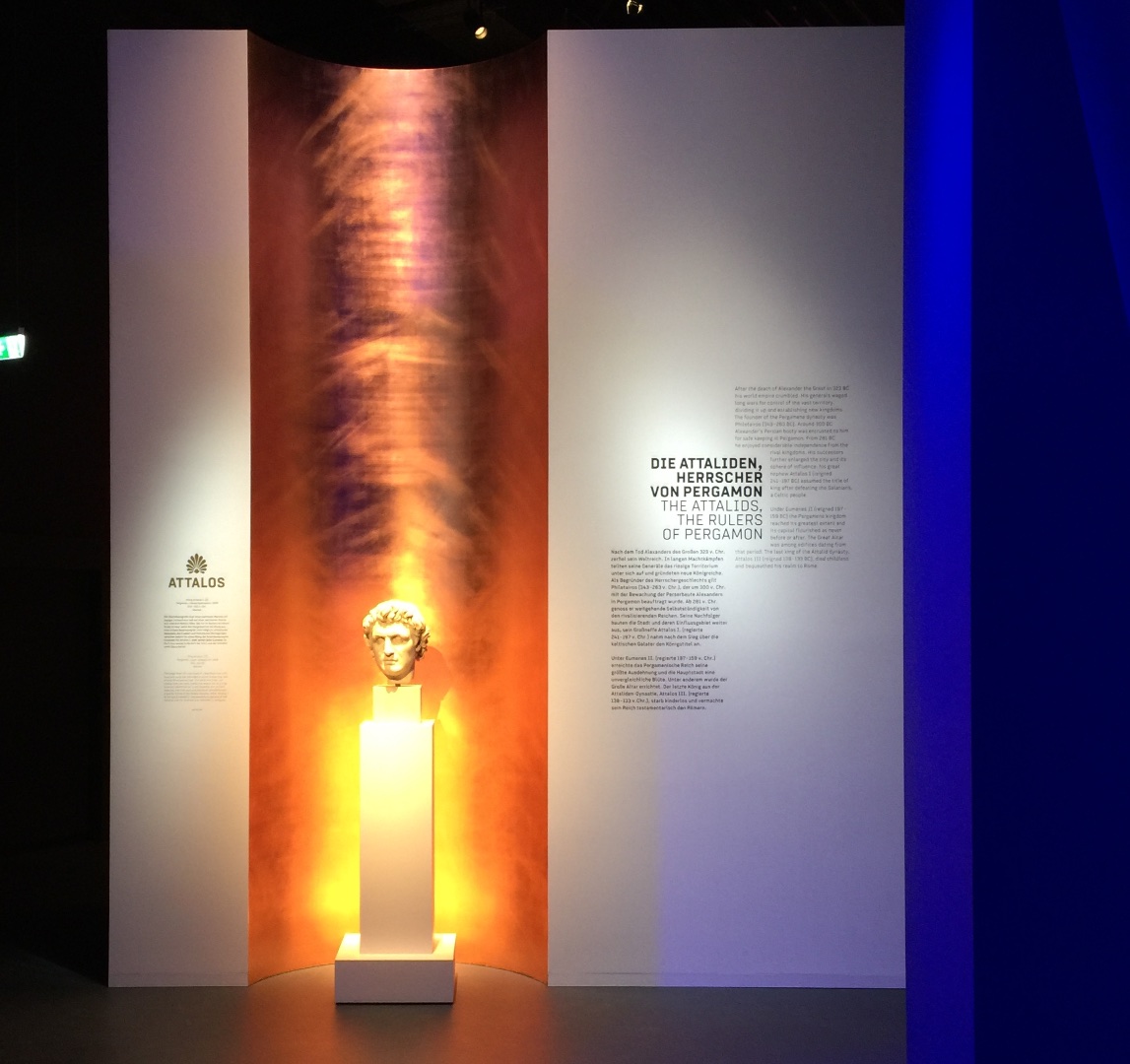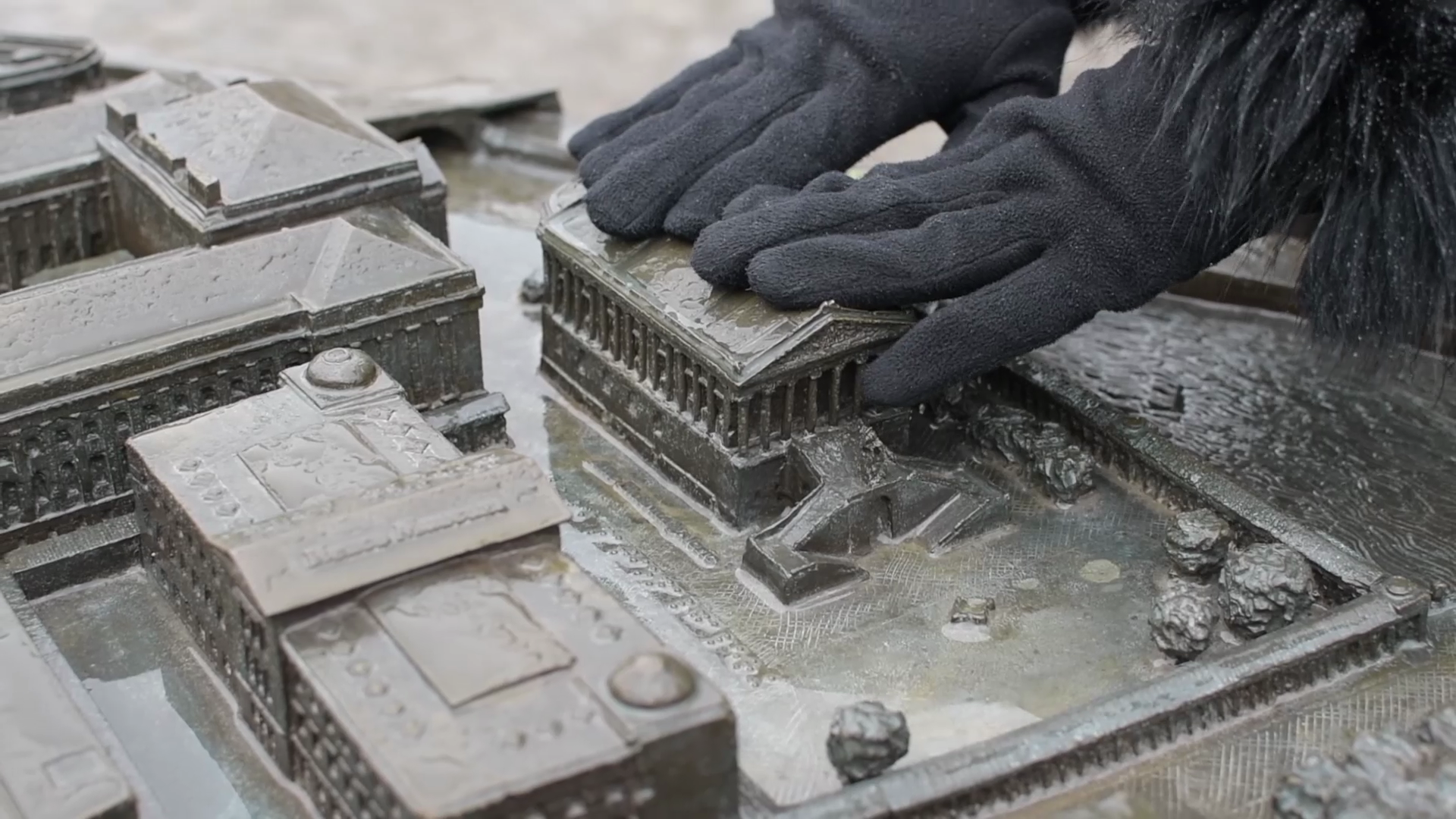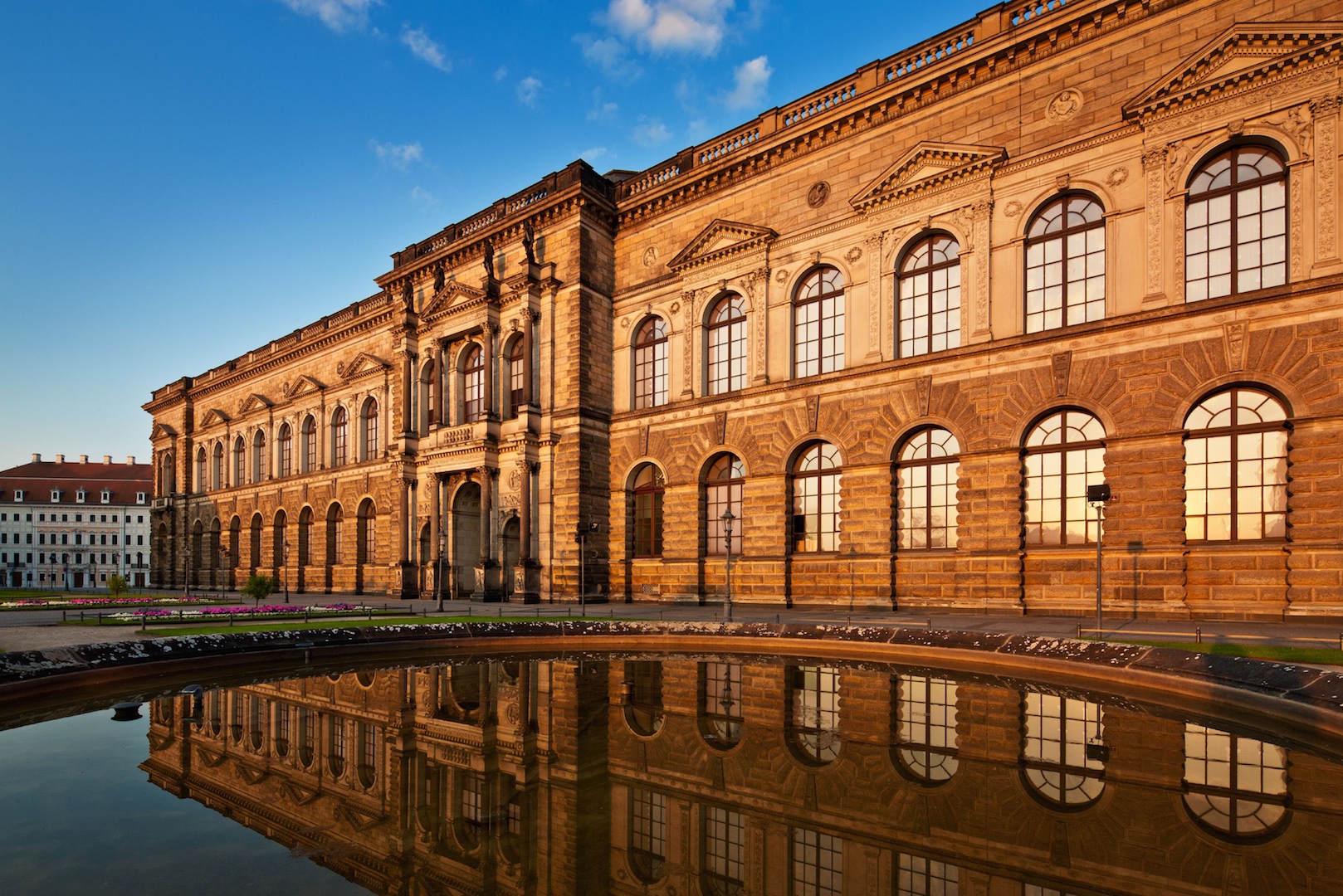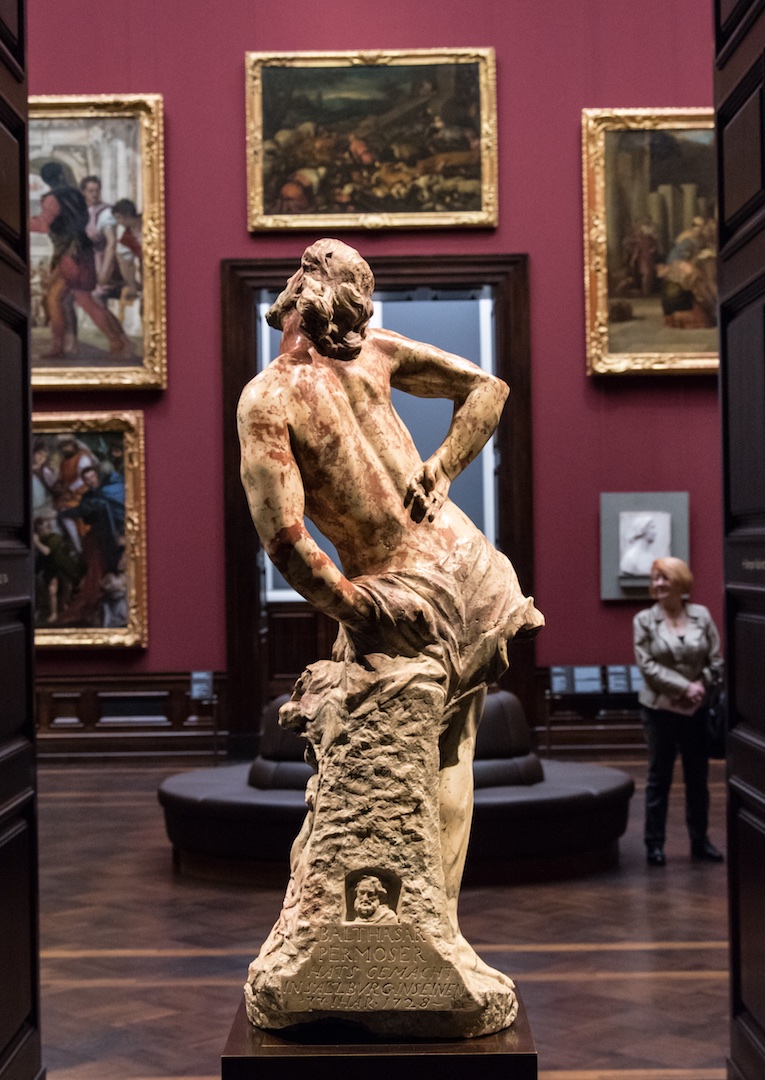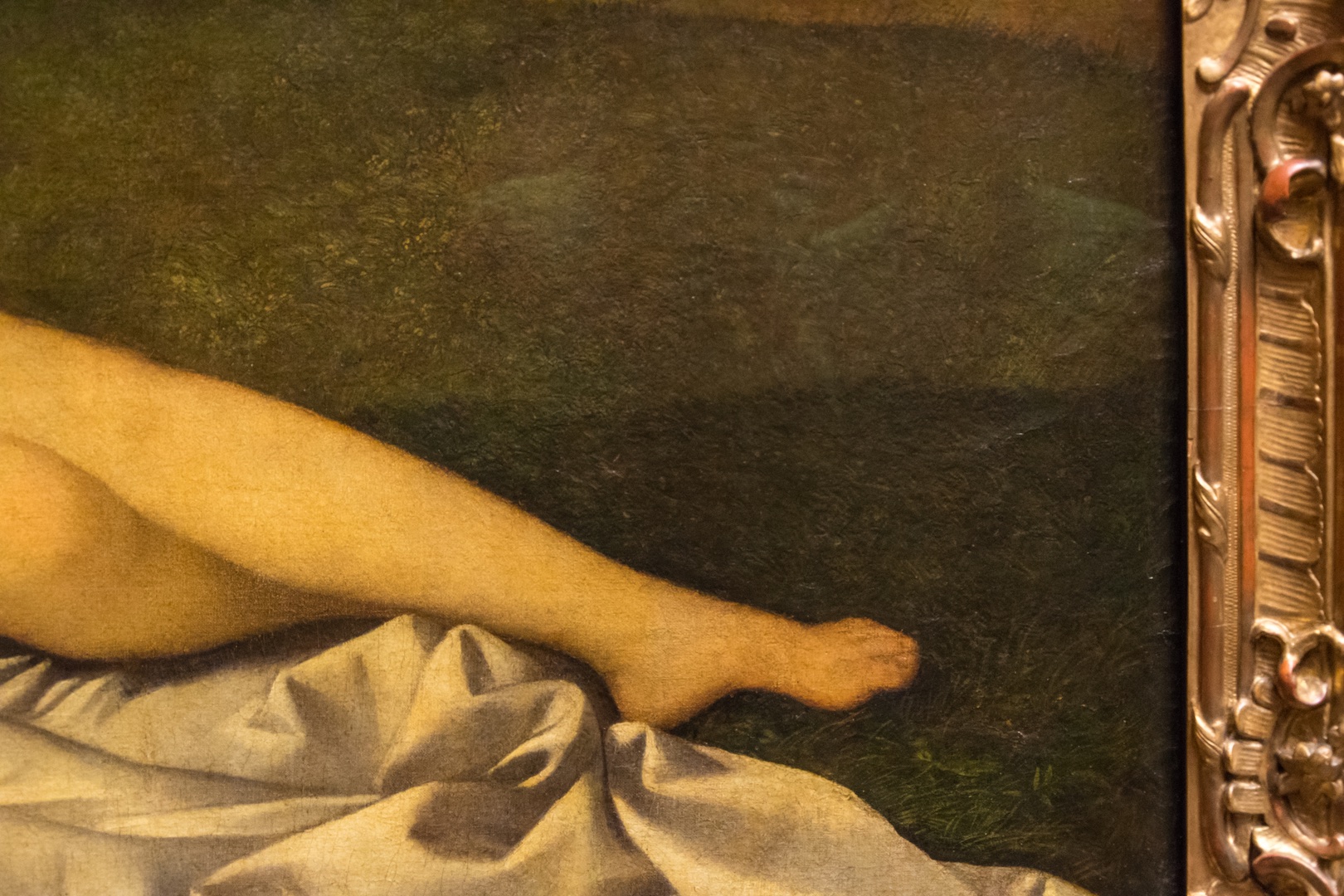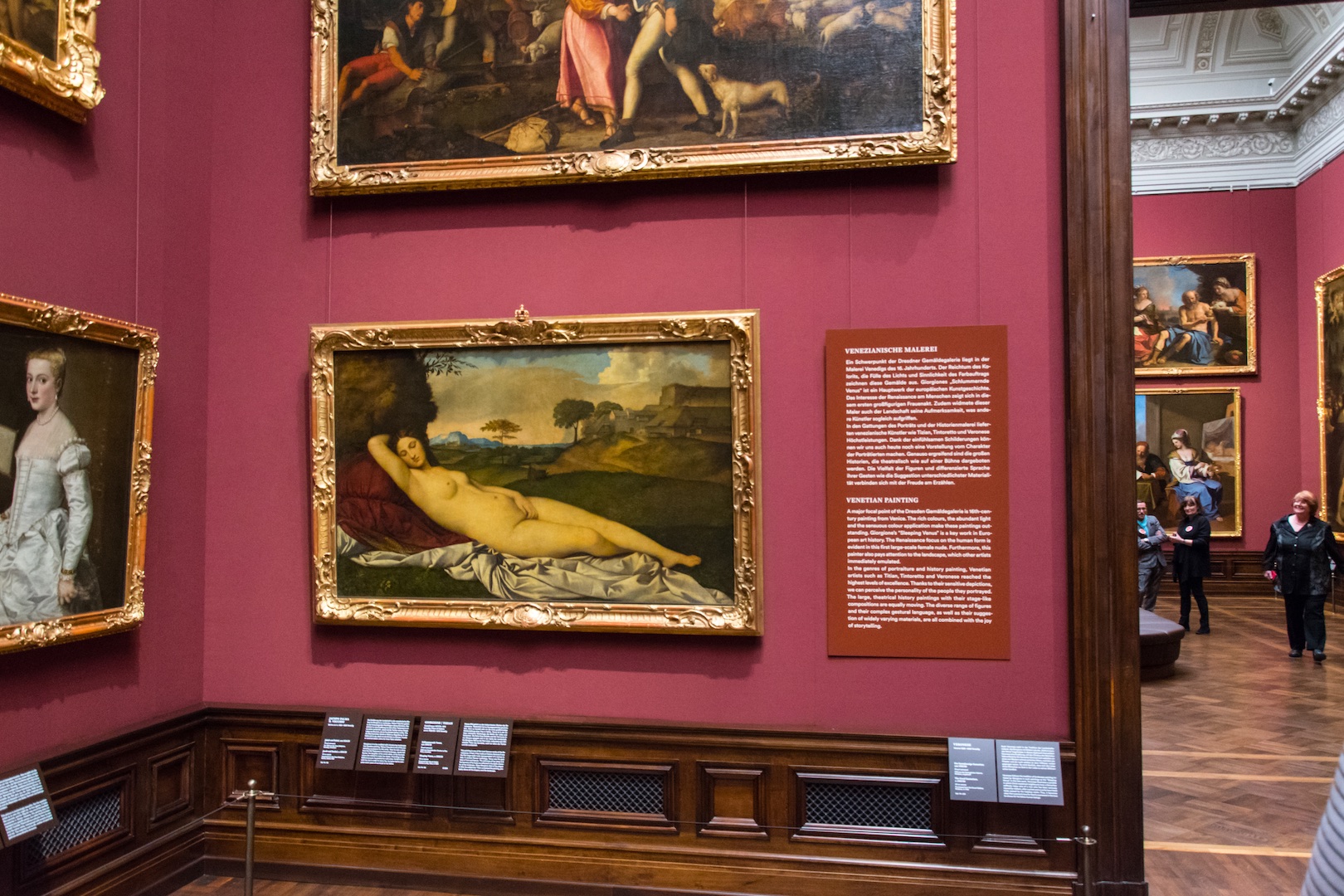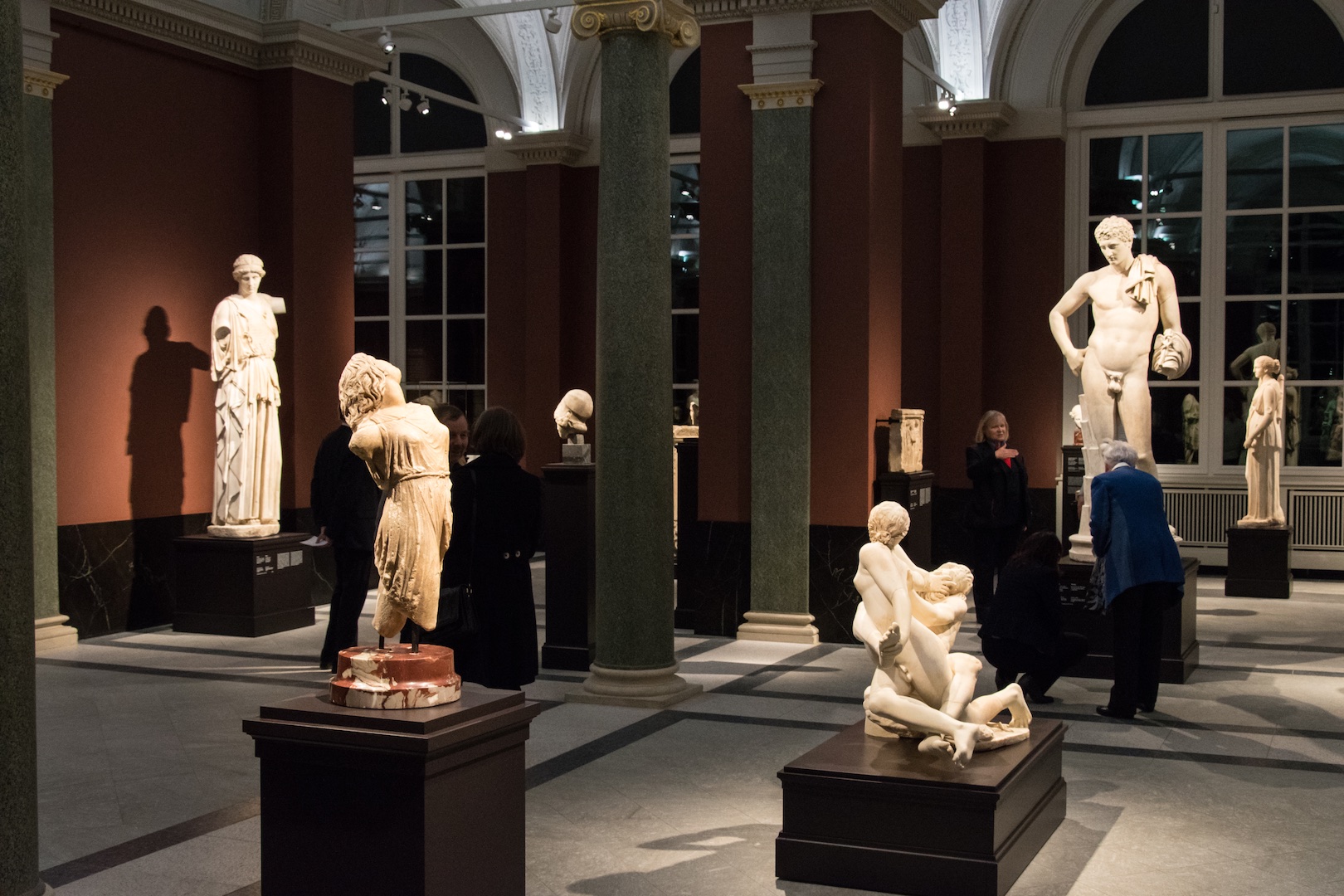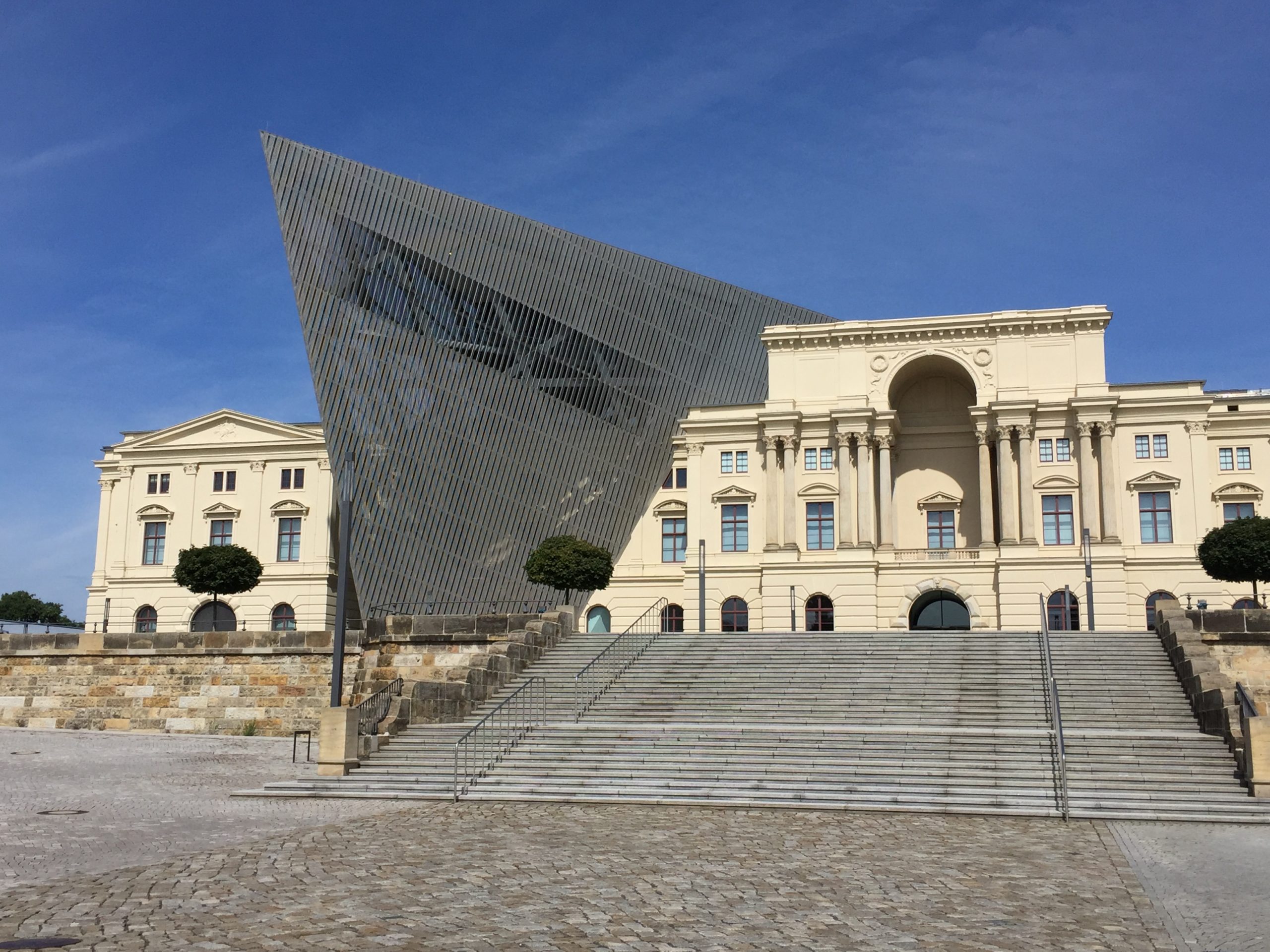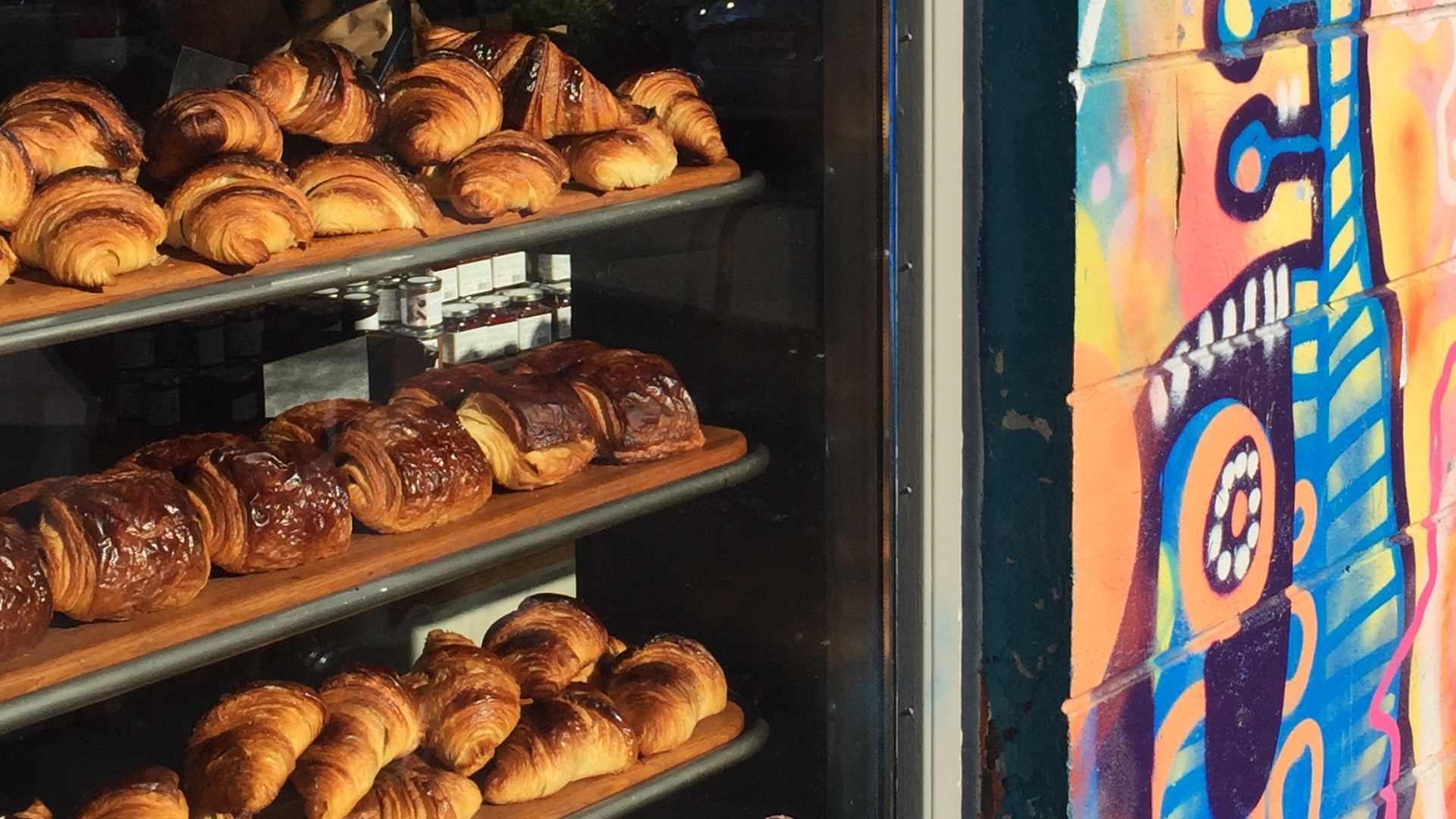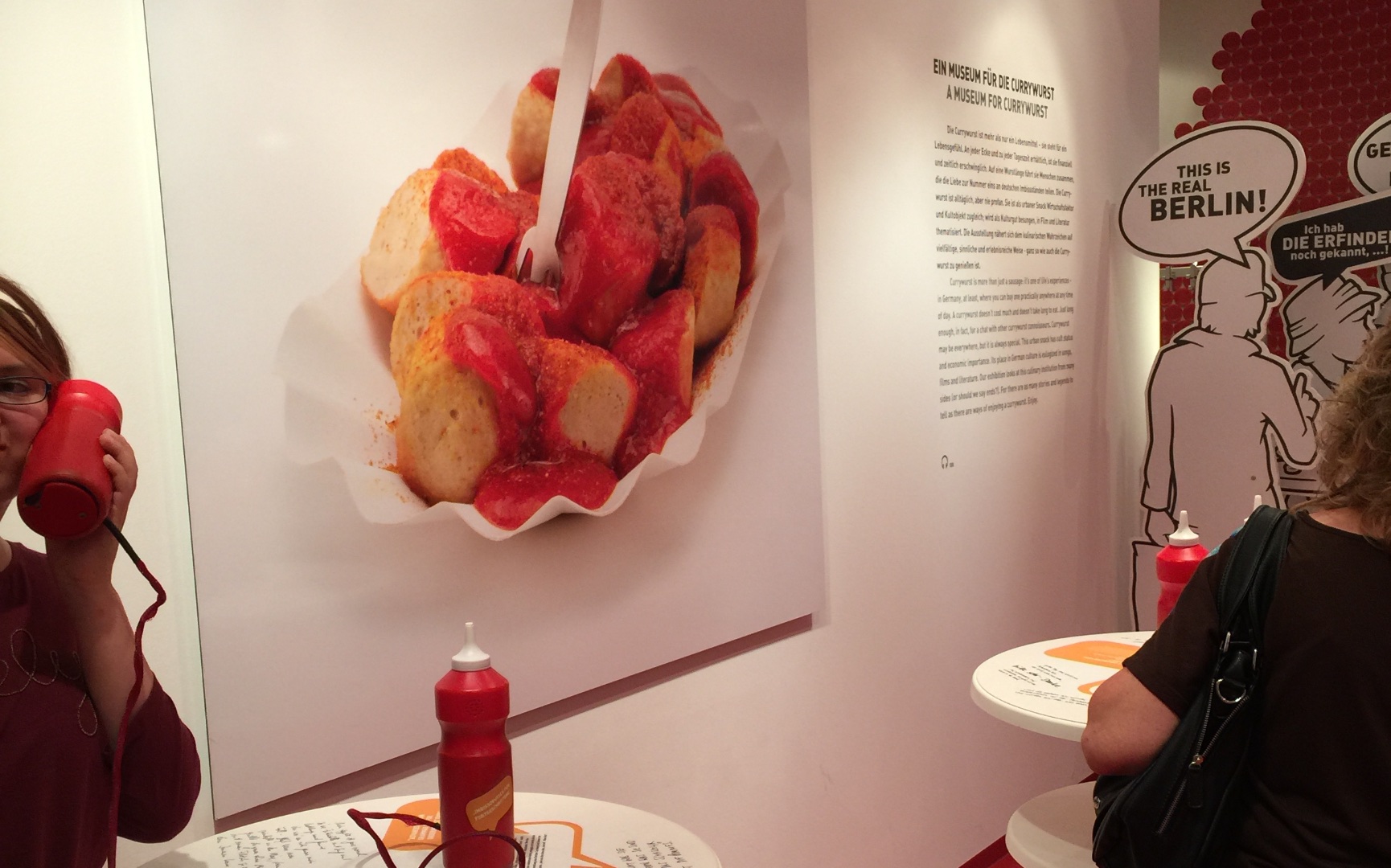The closest thing to a real museum visit: Google Arts & Culture
I can hardly express how excited I am about Google Arts & Culture, especially in these stay-at-home times. And no, this is not a paid advertisment! I really am just that impressed. It’s just got so many advantages, it blows my mind. For us Museum Lovers, it is a treasure trove.
What is Google A&C? It’s a website that contains collections of all sorts of amazing cultural material. For example:
- You can explore the “Historical Figures” category, in which clicking on a person of your choice opens a photo and short introductory essay, as well as a picture gallery of related material.
- You can visit incredible culture heritage sites around the world in Street View mode! Check out Petra, where you can stand right in front of the famous Treasury that starred in Indiana Jones! The Taj Mahal is another beautiful Street View site.
And, most relevant for Museum Lovers’ purposes, it’s got an astounding array of museums that you can virtually visit. These virtual visits are so beautifully crafted, I don’t know anything even close to this good anywhere else online. Individual museums just don’t have the resources to achieve the sort of wide-ranging and perfectly integrated experience that Google A&C offers. What do I mean? well…
- The number of museums you can visit online is big, and getting bigger. Currently there are 46 world-class museums on the roster. Even one of these can occupy you for hours on end; visiting all 46 online would take months!
- The format seamlessly integrates Street View mode inside the museum (this totally blows me away) with luscious, high-resolution photos of individual artworks. It is SO COOL to be reading about an object and looking at the photo of it, and then to click on the “View in Street View” button to see how it’s displayed in the museum. While this isn’t available for every object, it is an AWESOME feature; it’s what I would call as close as you can get to a real museum visit!
- Did I mention the luscious photos? They are breathtaking. The quality is phenomenal – you can zoom in for days! Take this miniature painting in New Delhi: you can count Krishna’s eyelashes! I suspect that Google A&C took their own photos of the objects in many cases, because this is a quality that most museums just don’t have lying around their image archives (with some notable exceptions like the Met – hello, pinhead-size gold granulation!).
- Each highlighted object – not all the objects in the museum, nor all the ones you can see in Street View, but a selection of highlights – is accompanied by an excellent short essay about it. In the Strong National Museum of Play, for instance, a James Bond video game for Commodore 64 is explained within its historical context (who knew??). The information presented in these essays is, as far as I can judge in my areas of expertise, not only correct (short of a few typos I’ve seen), but accessibly written. I wonder who writes these; is there a staff of trained cultural historians back at A&C HQ writing these things?
This is all to say, Google A&C offers an unparalled online cultural experience. I even used its excellent presentation of the Altes Museum in Berlin in a question on a take-home exam for my university students. (“Select two of the statues exhibited in the Altes Museum’s rotunda, shown in the digital exhibition by Google Arts & Culture. Discuss how the statue portrays the god or goddess in connection to what you know about the divinity’s realm of influence, powers, and attributes…) While there are some other great online initiatives from museums now – ramping up in the current flatten-the-curve era – Google A&C is my favorite for the above reasons. A selection of some of my other faves will appear in the next blog post.
Take a gander yourself, and have a ball!
Two Pergamon Museums in Berlin?
When you visit Berlin, one of the biggest stops on the tourist circuit is the Pergamon Museum. It’s Germany’s most touristed museum, with 1 million visitors per year! But if you go today—and for the next few years—you can visit not just one but TWO Pergamon Museums. While the historic museum building is being renovated and expanded (it was never fully renovated after being bombed in the Second World War, and didn’t even have a climate control system!) there is an interim Pergamon exhibition being shown in a new building across the street. This new building is confusingly called “Pergamon Museum. The Panorama.” This exhibition includes a Panorama by the artist Yadegar Asisi, as well as an eye-popping display of ancient art from the Greek city of Pergamon. So with one ticket, you can go into two buildings to see some spectacular stuff!
The two buildings house very different presentations, so seeing both of them gives you a look into the spectrum of possible museum display styles. The historic building (entered through the James-Simon-Galerie; see our video for tips!) houses a traditional display of the objects. Check out the photo below: neutral-colored walls, text on white paper labels, and some historic murals of the archaeological sites painted by the wife of the excavator. The objects may be fabulous—my favorite hidden gem is the subject of the next video—but the display is neutral.
In contrast, the Asisi display is theatrical! See the photo below: brightly-colored walls and lights, gilded surfaces, black floors and ceilings. The objects pop out like actors on a stage.
See much, much more in our video, and others on our YouTube channel: Click here
You visited these museums too? Leave a review! Click here for the new show with the Panorama, or here for the historic building.
What's on Berlin's Museum Island? Our new Video!
Not even icy rain could keep us away… although it did result in some hilarious outtakes! We just had to make this new video for you. You know that Berlin’s Museum Island is the tourist center of the city, but do you know which museum houses which collections? And how the museums can be understood as a product of their time? Our short intro clues you into the big picture. Upcoming videos will show you the individual museums, as well as some pro tips for visiting them. Check it out! Click here
Explore even more on our YouTube channel: Click here
Did you know that the Pergamon Museum is temporarily split across two buildings? Confusing. We’ll tell you more in a video. For now, see our pages on the historical museum (click here) and the new interim building with a special exhibition (click here).
Dresden Sculpture Collection & Old Masters Picture Gallery
From Greece and Rome to Raphael and Rubens
Official website: Click here for sculpture or here for paintings
Masterpieces from antiquity to 1800 are shown off in a new installation that opened in February 2020. Displayed in part of Dresden’s historic palace complex, directly beside the famous and imposing opera house, these art collections are not only stunning but deeply embedded within the city’s historical landscape.
Click on the stars to rate this museum.
Our users average stars:
[yasr_visitor_votes_readonly=”yes” ]
Opening Night for Dresden's Sculpture and Painting
With plenty of fanfare—speeches by bigwigs, a live-streamed concert on a huge screen, and a line around the block—the Dresden Sculpture Collection and Old Masters Picture Gallery opened on Friday after 7 long years of renovation. Quite a celebration; of course we didn’t want to miss it!
Loaded up with camera equipment and special entry cards (our VIP dreams come true…but why are we still lugging our own equipment??) we stalked the galleries documenting the displays. Not to mention having a lot of fun in the festive atmosphere! There’s no better see-and-be-seen crowd than Museum Lovers, amiright? Feathery jackets, plastic pants, and enough fabulous jewelry to be an exhibition in itself!
Guides were stationed in some of the rooms to talk with the visitors, a great touch. One of them clued us into a secret about the ultrafamous Giorgione painting of Venus: X-rays have revealed that a little Cupid used to be beside her feet, where now there is just grass (see photo). I wish that were in the museum label—it’s such a cool tidbit.
Check out our video about the opening night and these collections: they are truly beautiful, and we’re just pleased as punch to be able to show you!
Watch this video and others on our YouTube channel: Click here
You visited this museum too? Leave a review! Click here
Military History Museum in Dresden

The Human Aspects of War
Official website: Click here
The Military History Museum in Dresden (Militärhistorisches Museum der Bundeswehr) occupies a 19th-century arsenal and a modernist addition by starchitect Daniel Liebeskind. The former contains a display of war history divided into three periods: before, betwen, and after the two World Wars. The new building houses thematic displays on animals, costume, and memory in the military.
Click on the stars to rate this museum.
Our users average stars:
[yasr_visitor_votes_readonly=”yes” ]
Great places to combine a museum visit with a cafe/restaurant
A convenient cafe or restaurant is perfect for taking time to relax, enjoy a snack or a meal, and reflect on your museum visit. Which museums have a great in-house option, or one right around the corner?
Requiem for the Currywurst Museum
One of the most interactive, kid-friendly museums in Berlin tragically closed its doors one year ago: the Currywurst Museum. This is a requium for one of my favorite local museums. While the topic of the museum sounds almost like a joke—a museum dedicated to a hot dog smothered with ketchup and dusted with curry powder??—the display was genius. Sniff, peek, listen, pry, taste; visitors were encouraged to explore using all their senses, hardly noticing that they were also learning the surprisingly enthralling social history of the currywurst. Invented in Berlin and since then consumed in enormous quantity, the snack has indeed become symbolic. But currywurst is far more than a kitschy icon. Its birth was rooted in social conditions in Berlin in the 1950s, when many workers needed quick and cheap food on the go. The museum told this story in part using enlarged historical photos and text panels like speech bubbles (see pictures below). It also included a spice room, in which a whole wall was covered with colored panels with the names of curry spices on them; some panels were actually drawers to be opened to learn more. In the center of the room were five waist-high poles with lids for visitors to open (beckoned by a question mark), take a sniff, and guess what the spices were. Both these and the spice drawers were low to the ground, allowing kids to get in on the action! On one side of the room were tall wooden planks with questions written on one side, answers on the other, waiting for your hand to turn them. They focused on the ruffled paper plate that currywurst is almost always served on (hence the wooden material of the exhibit): is it environmentally friendly? Why not use normal dishes? What happens to the paper plate after it’s tossed out?
Finally, in the entrance/exit area were several white bar tables like those set up at currywurst stands. The ketchup bottles on each were actually audio sets you could put to your ear like a phone and hear stories from! On the table surfaces, text in a handwritten style like graffiti told you how currywurst is traditionally ordered by Berliners: you never say “currywursts” in the plural, and you only order the kind without skin! All in all, this museum was made with a lot of creativity and love. Rightly so for a food now competing for protected origin status! While the museum was apparently planned from the beginning to be temporary, I nonetheless mourn its passing acutely. Hopefully its rumored revival as a traveling special exhibition will retain some of its former glory.

